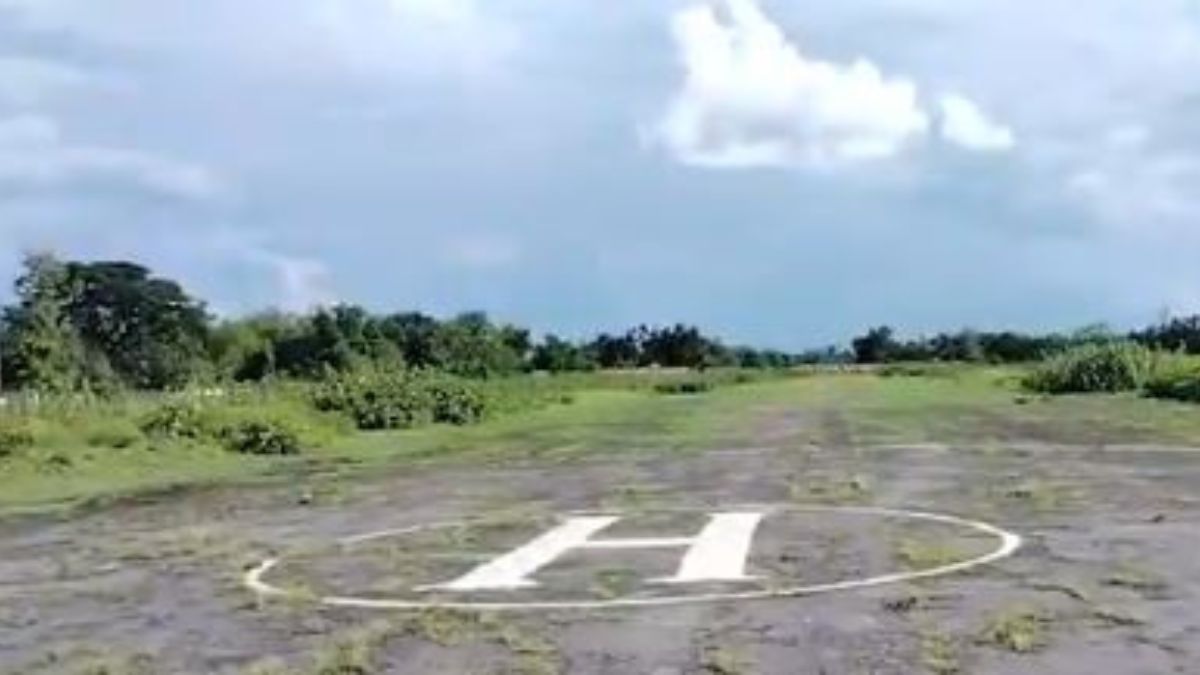SOURCE: AFI


India is reportedly fast-tracking the revival of Kailashahar Airport, a long-defunct airfield in Tripura’s Unakoti district, as a strategic countermeasure to China’s involvement in upgrading a World War II-era airbase in Bangladesh’s Lalmonirhat district. The move comes amid growing concerns in New Delhi over the potential threat posed by the Chinese-backed project, located less than 20 kilometers from the Indian border and perilously close to the strategically vital Siliguri Corridor.
On May 26, 2025, senior officials from the Airports Authority of India (AAI) conducted a site visit to Kailashahar Airport to evaluate its infrastructure, land availability, and visibility conditions, according to a report by PTI. This visit marks the first tangible step toward reactivating the airfield, which has remained non-operational for over 30 years. The renewed interest in Kailashahar is driven by escalating geopolitical tensions, particularly following reports of China aiding the development of Lalmonirhat airbase in northern Bangladesh. The Lalmonirhat airfield, a relic of World War II, lies in close proximity to the Siliguri Corridor—often called the “chicken’s neck”—a narrow 22-kilometer strip of land that connects mainland India to its northeastern states. This corridor is a critical chokepoint, making it a potential vulnerability in India’s territorial integrity.
While details of the Lalmonirhat project remain scarce, India views it as part of a broader trend of deepening China-Bangladesh defense ties, which have raised alarms in New Delhi. China’s growing influence in the region, including infrastructure projects and military cooperation with Bangladesh, is seen as a strategic encirclement tactic, often referred to as the “String of Pearls,” aimed at countering India’s dominance in South Asia. The proximity of Lalmonirhat to the Siliguri Corridor amplifies these concerns, as any military presence in the area could directly threaten India’s connectivity to its northeastern states.
In contrast, the revival of Kailashahar Airport carries both strategic and historical significance. During the 1971 Indo-Pak War, the airfield played a pivotal role as a launchpad for the Indian Air Force and the nascent Bangladeshi resistance. It was from Kailashahar that the first missions of “Kilo Flight”—the precursor to the Bangladesh Air Force—were conducted, using retrofitted civilian aircraft for combat and reconnaissance. The airfield’s reactivation not only strengthens India’s military posture in the region but also serves as a symbolic reminder of its historical support for Bangladesh’s independence.
NOTE: AFI is a proud outsourced content creator partner of IDRW.ORG. All content created by AFI is the sole property of AFI and is protected by copyright. AFI takes copyright infringement seriously and will pursue all legal options available to protect its content.